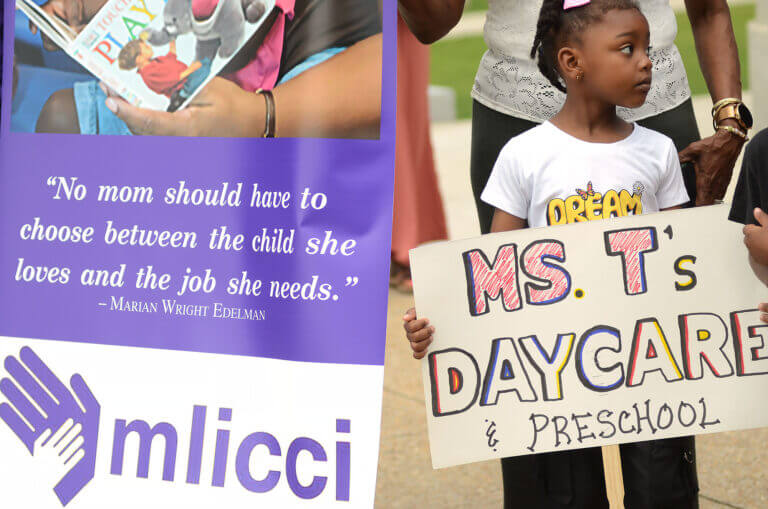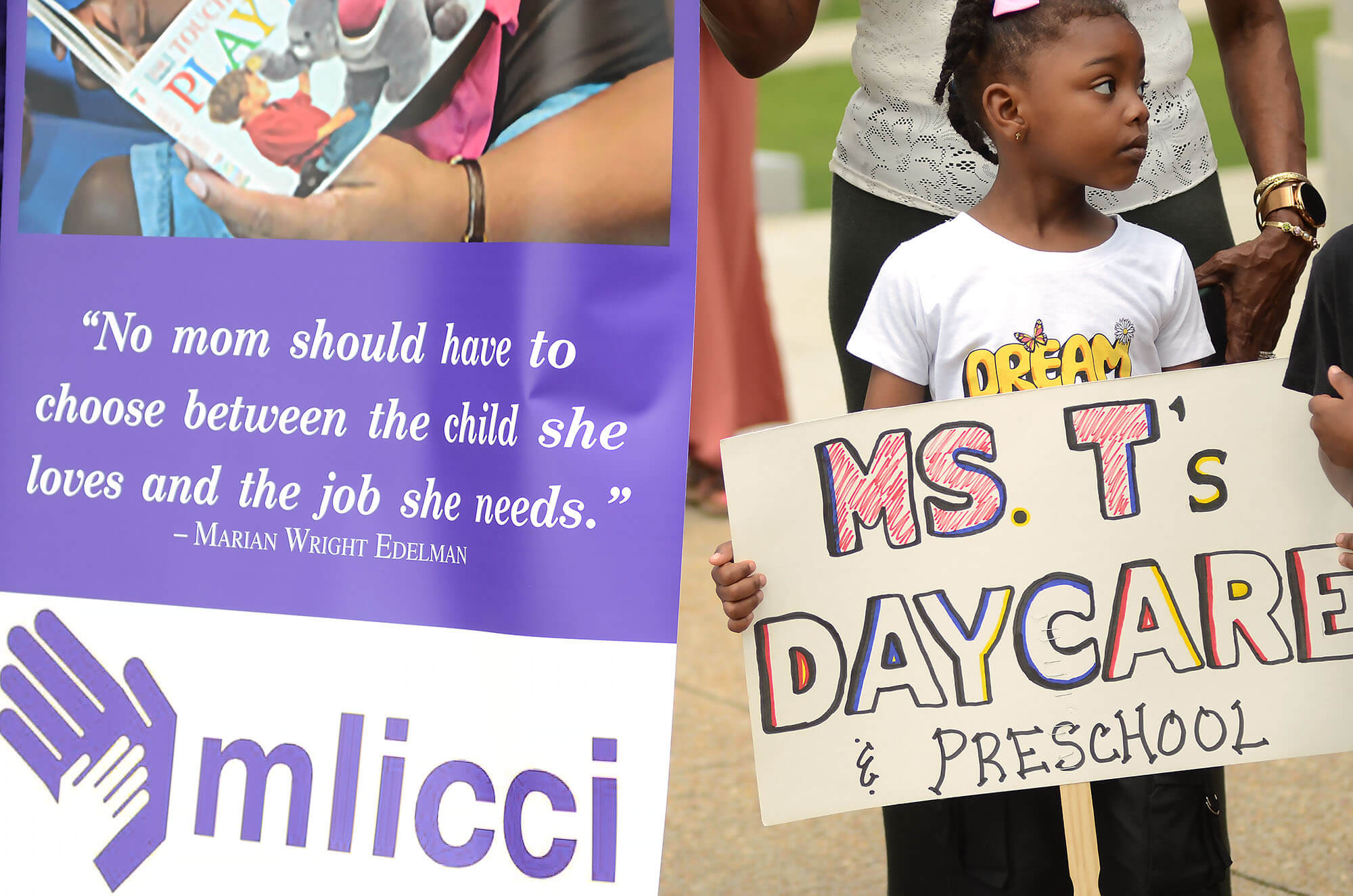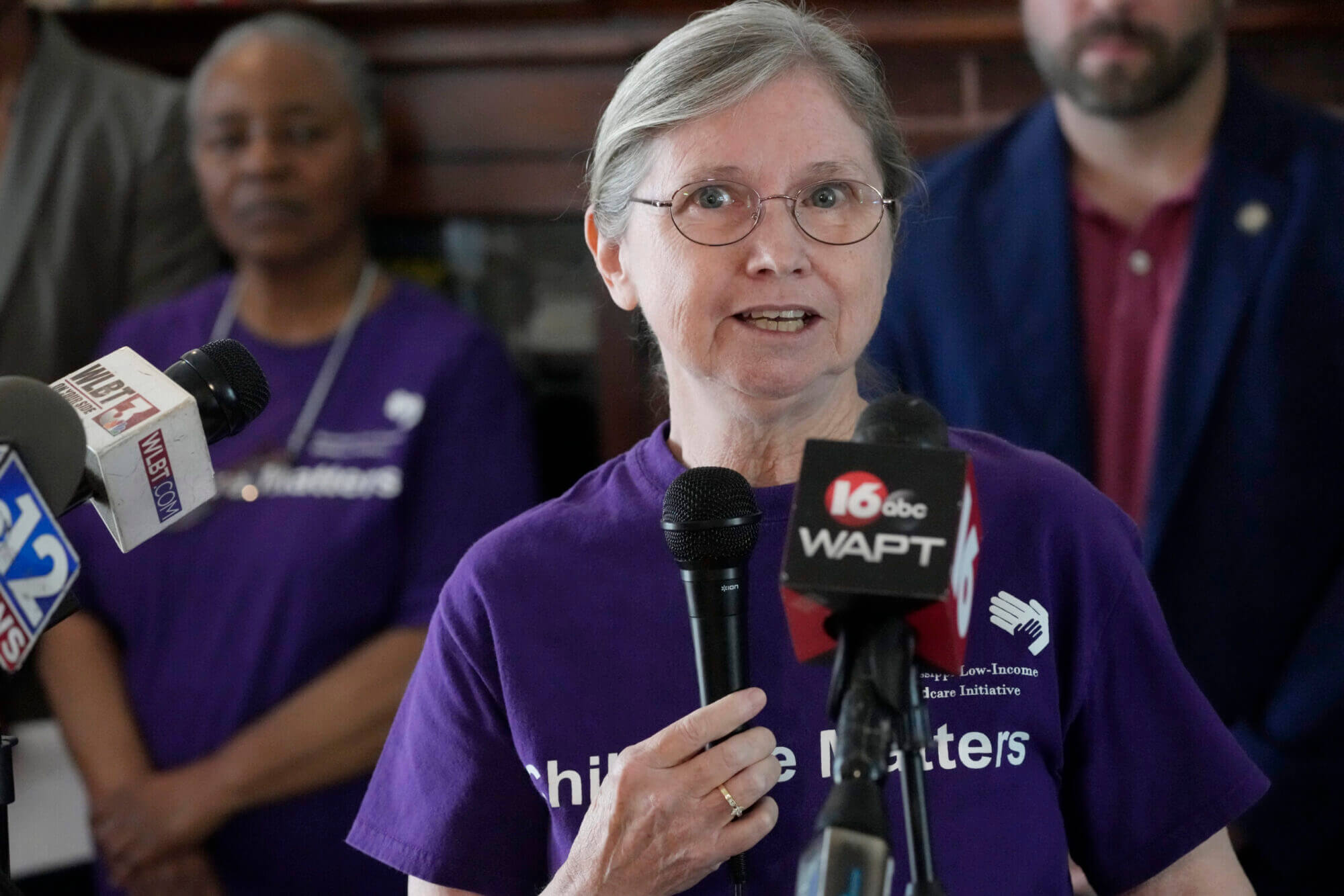

Monica Ford is hopeful but still cautious. After four months without a voucher, she may receive enough financial help to put her kids in a day care closer to home. She might be able to afford her own home for her family with the money saved.
After months of halted assistance and thousands of Mississippi parents losing their child care vouchers – and with it, their access to day care for their children — the state is issuing vouchers again.
Ford spent $11,000 on day care just over the last few months – and was forced to move in with in-laws.

“Giving up is not an option,” she said. “I would love the help. You have to be making money to survive in this economy.”
In April, Ford was denied a voucher renewal along with thousands of other families because she did not meet one of the six criteria the Mississippi Department of Human Service set. Those criteria were: being a recipient of Temporary Assistance for Needy Families, being deployed in the military, being a guardian to a foster child, being homeless, being a parent of a special needs child and being a teen parent.
For some families, these restrictions now no longer apply.
The pause to the pause, the result of the loss of coronavirus pandemic-era funding, was made possible by a direct legislative appropriation to the Child Care Payment Program administered by the department. The agency had asked for $40 million to continue serving the same number of families, but instead received $15 million.
This means, despite announcing that the agency is now taking applications from families on its waitlist, the program is not likely to be stabilized or capable of serving as many children as it did prior to the pause.

“We’re going back to a time where I think we are going to see a waiting list reappear and the thing about the waitlist is if you’re on the waitlist, you don’t ever know how long you’re going to be there,” said Carol Burnett, director of the Mississippi Low-Income Child Care Initiative, which has been advocating on behalf of child care supports for decades. “So it’s wonderful the pause is over and DHS has met whatever criteria they needed to eliminate the pause.”
The previous restrictions eliminated working parents that weren’t TANF recipients. For middle class parents forced to take on child care’s extra costs and fees this summer, leaving the wait list can mean financial security.
Vennesha Price’s biggest expense each month is child care, which includes the gas money needed to travel further for the care.
“For single, struggling parents or single parents that are considered middle class like myself, who do not meet certain low-income requirements, I’m just on my own whether I have the money or not,” she said.
Mississippi receives a little over $129 million through the federal block grant that primarily funds the program, the Child Care Development Fund, in 2024, an increase of about $31 million from 2020. Child care in Mississippi received a bump of more than $600 million during the pandemic, one way the state was able to increase the rolls in recent years.
The child care payment program has only ever served a fraction of eligible children – over 139,000 across the state, according to some estimates.
In March before the pause began, more than 36,000 children received the voucher. The state currently serves just under 29,000 children, according to the agency.
In years past, the number of children on the rolls hovered around 20,000–in part because of a child support enforcement requirement that the agency rescinded in 2023.
In 2017, during a notorious five-year period where the agency was approving no new vouchers, there were 21,000 children on the waitlist.
More children served
Through the mostly federally-funded voucher, the state pays up to 80% of a child’s tuition to a qualified provider, with the parent covering the rest. Every three years, the department is required to conduct a market rate survey to ensure its voucher reimbursement rate corresponds to the 75th percentile of the market rate for the different age groups.
Weekly rates increased from 2021 to 2024, with variations depending on whether the recipient is in a metro or nonmetro area and the age of the child, since infant care is more expensive. Infant care in the metro area increased from $152 to $185 per week while school- aged care increased from $130 to $135.
Considering these rates, the current annual value of the voucher for infants in a metro area is about $7,700 and $5,600 for school aged children. For nonmetro areas, the state spends about $5,800 and $5,000, respectively.
The extra state support of $15 million, then, might support roughly 2,500 vouchers for the year, depending on the circumstances of the children who are approved, based on Mississippi Today’s calculations.
That’s only half of the roughly 5,000 children sitting on the waitlist for assistance, according to the agency.
“I’m hoping that it will provide more opportunity for parents,” said Kacheela Dixon, owner of Steppin Up Learning Center in Jackson, Mississippi. “If the parents do sign back up with the vouchers, it will help hire more teachers and pay for more food.”
Dixon might still have to shut her business down in the next couple months unless enrollment increases. The cost of running her business has increased, too. Many of the children rely on her day care for supper.
For day care operator Sherica Lewis, the halt to the freeze might come too late.
She serves less than half the children she did before the child care freeze. She’s had two families with at least three children move to Southaven and Louisiana from Greenville, where her business is based.
“It’s not going to benefit me as much,” she said. “I already lost the kids and families.”
The families moved to be closer to their extended family that can provide free child care.
The Department of Human Sservices is also currently accepting proposals for workforce support subgrants under the TANF program that could include child care services. This has the potential to increase access for families without the voucher without requiring more funding for the child care certificate program.
Day care operator Kaysie Burton has been filling out grant applications herself. She saw how day care afforded working parents in her community the opportunity to focus on their careers.
“We want to help Mississippi keep working,” she said. “We’re trying to make sure our hours are tailored to our parents.
- Financial shortfall may cost Canton school its charter - December 8, 2025
- Mississippi’s biggest sports event ever? You wouldn’t want to argue with John L. - December 8, 2025
- Mississippi attorney general shares opioid settlement recommendations with lawmakers - December 8, 2025